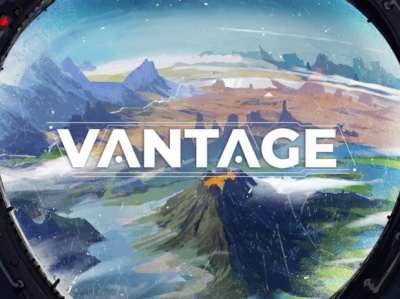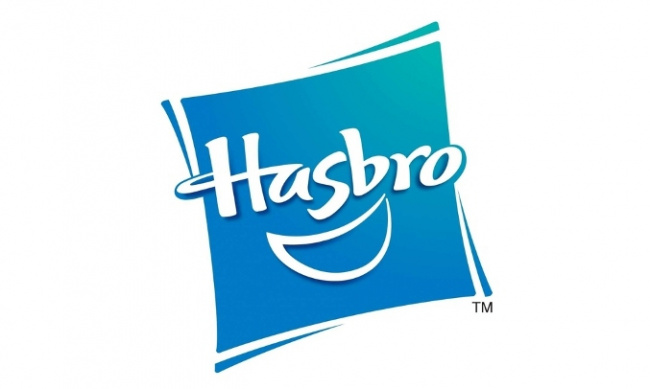We interviewed David Glanzer, Director--Marketing and Public Relations for San Diego Comic-Con, on Saturday morning at the convention.
Could you update us on the sellout status?
Right now, we've sold out for the remainder of the days -- Friday, Saturday and Sunday.
We know you've been sold out of Saturday for a couple of weeks, and that you were sold out by opening time on Friday for that day. When were you sold out for Sunday?
Sunday sold out on Friday at about 1 p.m.
And this is the first time that's ever happened?
In our 38-year history, this is the first time it's ever happened. Last year we had to shut down registration for a couple of hours, because we were afraid of capacity issues. But there's always an ebb and flow, so we were able to open up after that. This year we decided we were going to watch a little closer, and the first time in 38 years we sold out three days. We had never sold out a day before.
Thursday did not sell out?
That is correct.
Wednesday must have sold out, because admission was based on four day passes, which also sold out.
Exactly. Wednesday is so crowded, because we don't have programming rooms operating. I don't know what the numbers were for Wednesday, but that's where everybody is, is on the floor.
Hall H has been your largest room in previous years; is that still the largest this year?
It still is; it has 6,500 seats. The next is Ballroom 20, which has I think 4,500, then we have a 2,000 seat room and two 1,000 seats rooms and it goes down from there.
We've been hearing those rooms have been packed.
They have. What happens is after a panel, we don't clear our rooms, some people leave and some people decide to stay, but it's been packed from the beginning.
We've heard that you have a lengthy waiting list for exhibit space, is that right?
That's true.
When you decide how to allocate space that opens up, how do you make those decisions about what types of exhibitors to give space to? We see sections expand and shrink every year, but you maintain that mix -- how do you do that?
That's a great question, because I don't think people realize that. We do want a diverse floor, and we want diversity in programming as well. A lot of times you'll see sections that look like they may expand or contract. With the expansion it might be that we don't have one exhibitor, but another wants to expand their space. We get a lot of requests from long time exhibitors who want to expand their space, we can't always accommodate that request, because we don't have enough space, but we want to make sure we have a diverse floor.
Let's say in the, for lack of a better term, 'bigger booth section,' if somebody wants a bigger booth -- say they want to take up an entire hall -- that couldn't happen. The reason being, all of those booths have to compete in size with each other in that section. So no booth in Hall D will take space away from Hall A or B, and vice versa. So we can have a nice mix. It's a juggling act. I think this year we were almost totally sold out in January.
If we can involve the entire city in stuff that's happening at Comic-Con, I think that does well for our attendees and our exhibitors. It shows that we're a viable organization that the people who come to this event are fans first and foremost, but they're also people who should be a targeted demo. I think one thing that we've always known is that comics are cool, this is a medium that should be taken seriously, and finally it seems like that's happening. One of the things we really try to do in terms of off-site events is encourage those people not to stage anything big that might compete with what we're doing. Other then that, I think we welcome that.
Was the Eisner Awards ceremony last night?
It was.
We had heard that attendance at the ceremony has been declining a little bit, maybe because of some of this other competition. We'd also heard you were thinking about maybe moving the night to get it off that competition. What are your thoughts on that?
I don't know of any discussions about moving it off that night. I do know we feel the Eisners have always been important for the industry. It's something we like to promote, and something we should probably do a bit better to promote. Last night, I think there was an event that competed against that that we were unaware of until the last minute, and it's something that we probably would have preferred not happen.
Was that the 300 screening?
Yes. I think it would have been a great event had it been on Saturday afternoon and maybe drawn people off the floor. But it is what it is, and I think we're going to try to look for better ways to promote the Eisners as well as it should be, because it's a great event.
We were talking about the growing and shrinking areas -- did Artist's Alley shrink this year?
Artist's Alley did, but we added some space later. One of the problems we have to battle with is crowding issues. The fire marshal has to ensure the people who come to this event are safe -- and that's obviously our paramount concern as well. One of the things that she wanted to ensure is we had wide enough aisles, and that includes not only the exhibit halls, but also Ballroom 20 and Hall H. One of the things that happened this year is we lost some space because of it. What we did was we moved the art auction upstairs, trying to carve out space there. Then we invested some money in a tent to use some overflow space as well, so we're trying to accommodate as much as we can, but with limited space, it's getting to be a tricky situation.







